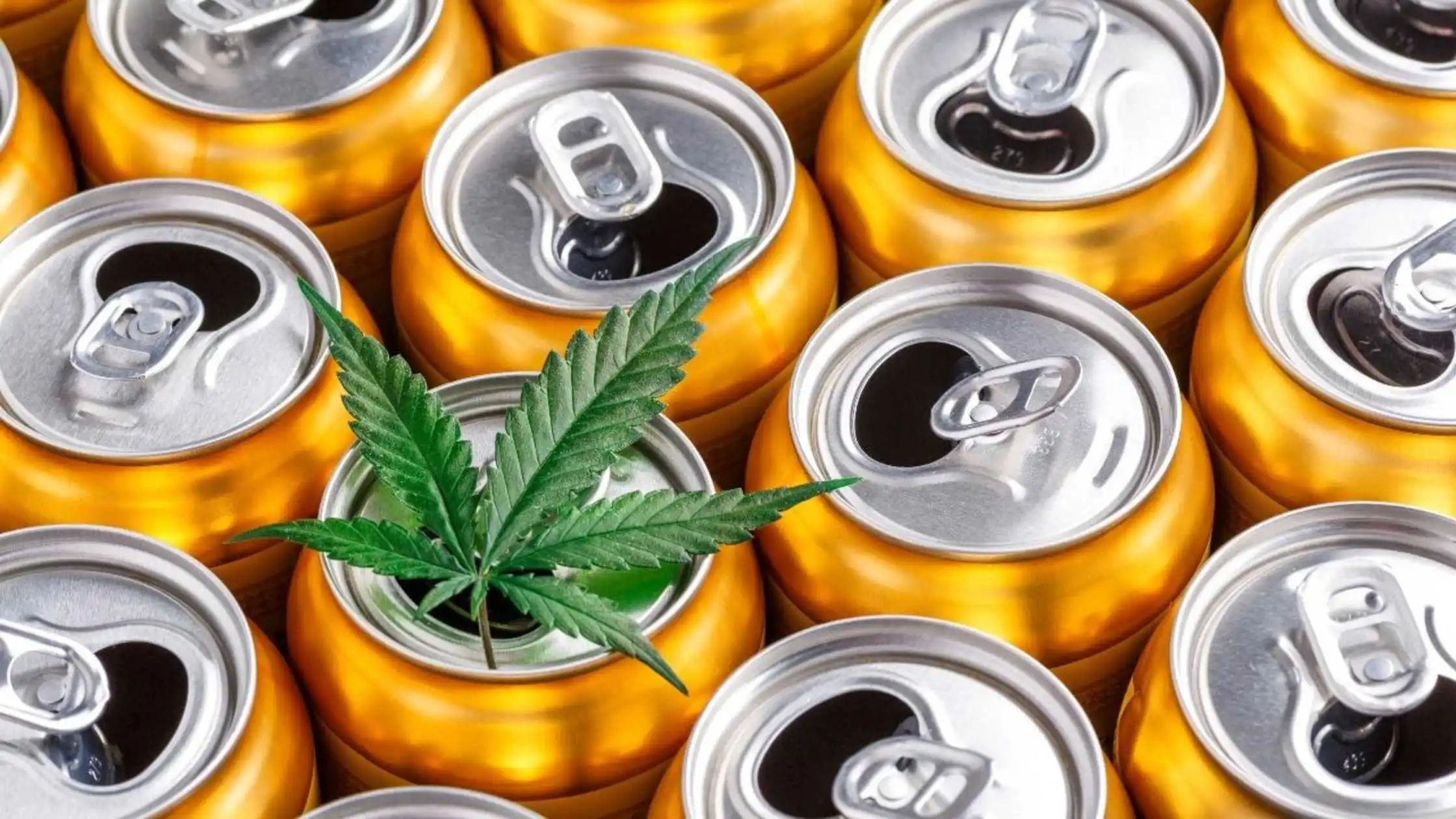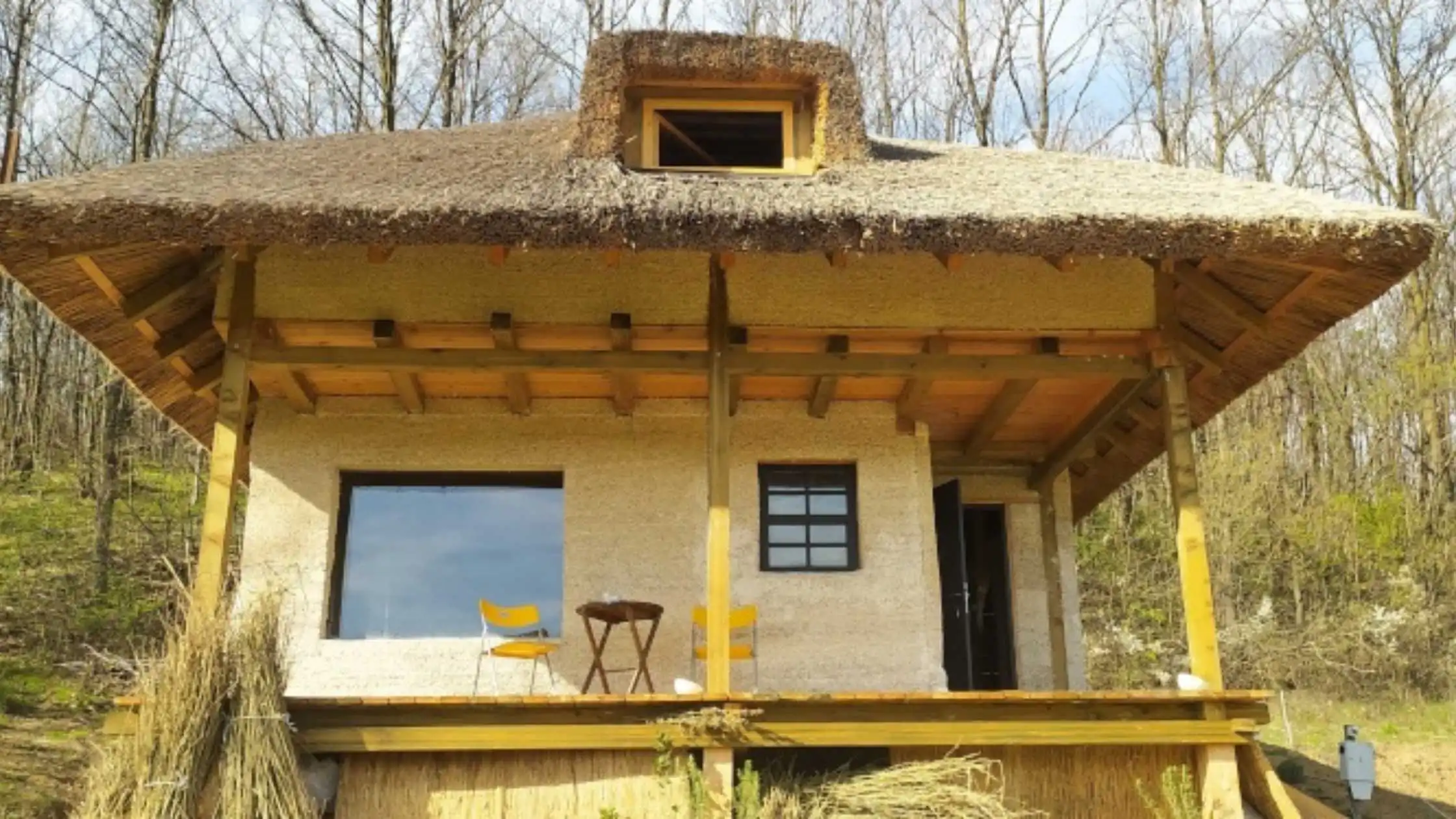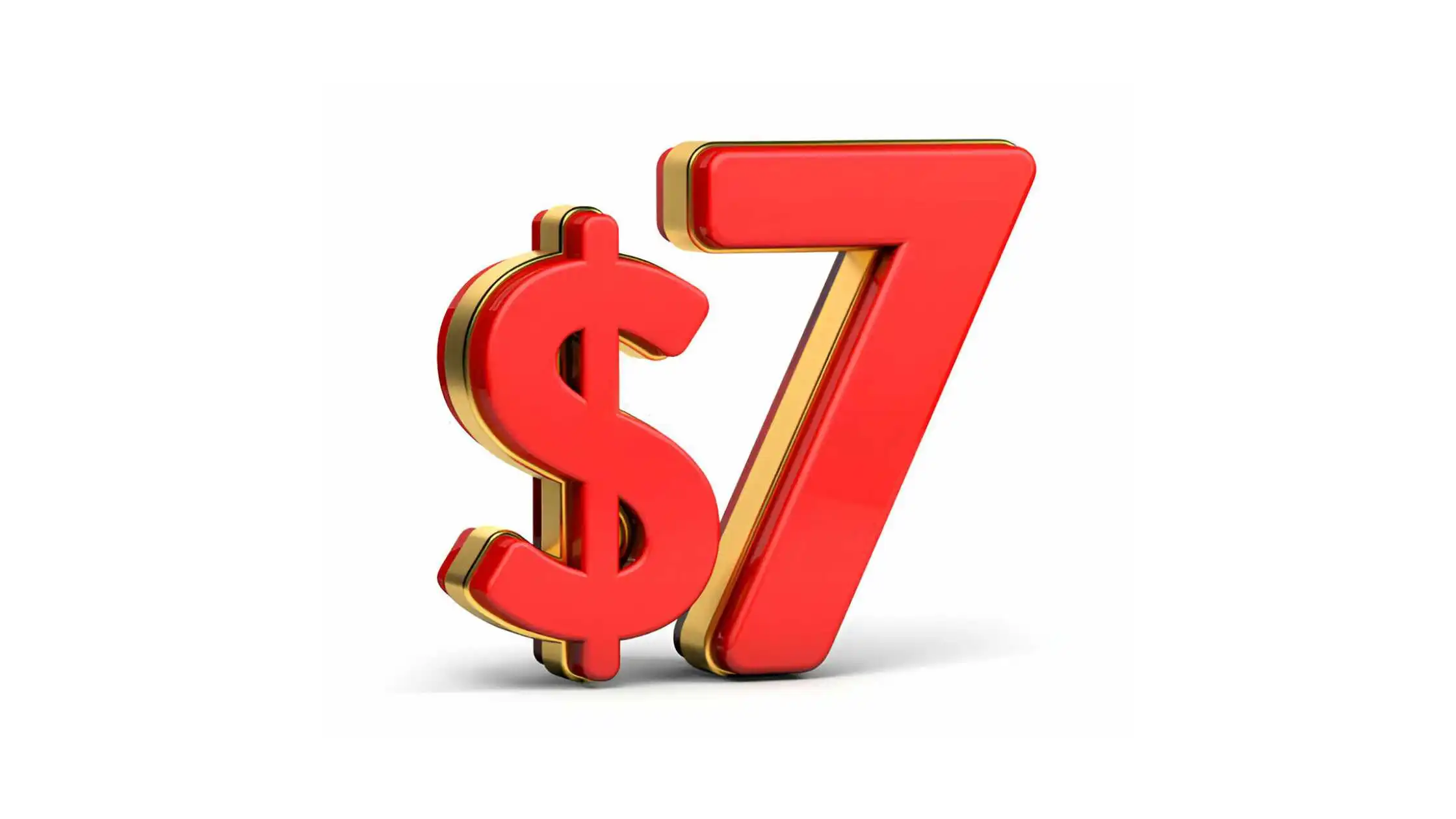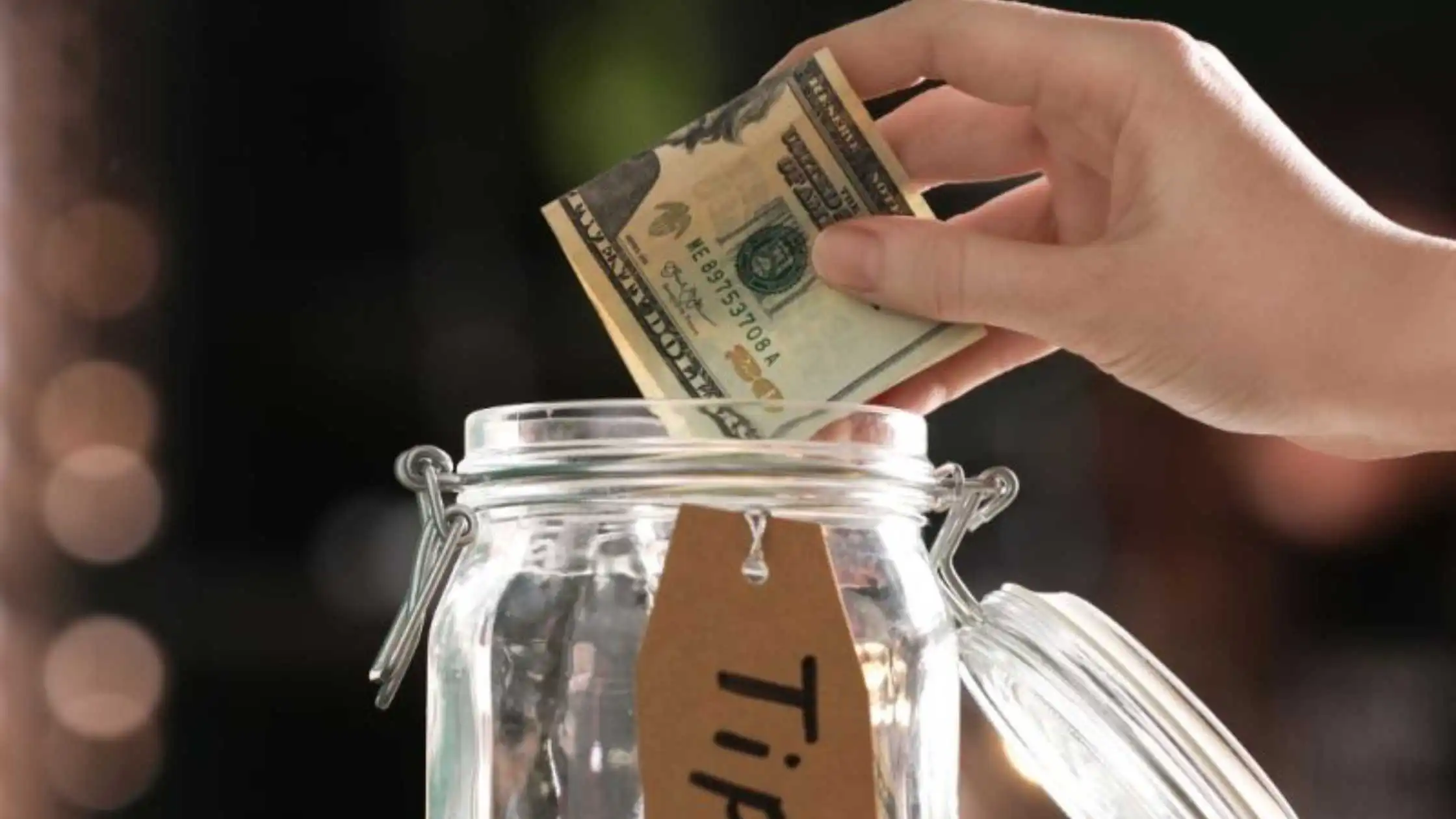Cannabis beverages have arrived, but where are the consumers?
Canadian investment firm Canaccord Genuity estimates THC-infused beverages will be a $340 million market by 2022; by comparison, their alcohol counterparts raked in $346 billion in 2021.
Cannabis beverage makers need to understand the gaps and how to bridge them to even approach the same market share levels.
Consumer sentiment is often the main driver in new category creation, and the same holds for the burgeoning marijuana beverage industry.
In the current market, there are four significant areas of opportunity driven by consumer sentiment that makers should consider.
- Alcohol drinkers are becoming more mindful of the impact alcohol has on their health and well-being and are seeking alternative ways to relax or socialize.
- New consumers are curious about or easing into the recreational cannabis category but are intimidated by the stereotypical act of lighting up and playing the guessing game with edible effects.
- Existing cannabis consumers are seeking a way to complement their existing consumption preferences or to replace traditional smoking habits.
- People sensitive to the effects of alcohol no longer want to feel hungover but still want a sessionable experience with friends that allows them the social and physical benefits.
Once makers grasp the consumer insights driving growth in the beverage category, they can begin to consider the unique market opportunities that work in their favour.
- The wider beverage market and beer sales are in a slump. For the past several years, growth within the larger beverage category has stagnated, pushing many manufacturers to invest heavily in R&D in new markets. Alcohol replacement with a cannabis beverage is one of the biggest market opportunities, which is why major beer companies and brewers such as Molson Coors, Heineken, and Pabst are diving into the space.
- THC product popularity is growing. Eighteen states have now legalized recreational use, creating a $28 billion cannabis market. Specifically, growth in the cannabis-infused beverage category was up by 22% year-over-year in 2020 versus 2019, and 57% of those who do consume cannabis beverages in the U.S. are consuming them at least weekly.
- New technology is creating faster onset and better absorption. Cannabis beverages offer advantages that other popular segments, such as edibles and gummies, don’t. The body has to digest edibles to access the active ingredients, but with a cannabis beverage, the onset, absorption and bioavailability are much quicker and more effective. This helps prevent the typical misadventure of inexperienced consumers taking an edible, not feeling the effect immediately, growing impatient, taking another – and overconsuming.
- Cannabis has a broader range of health benefits. Any function or attribute a beverage maker might want to work with is available, from medicinal to nutritional. Unlike alcohol, cannabis beverages can deliver different terpenes and nutraceuticals, offering an array of beneficial effects on the nervous, immune, and metabolic systems.
- Potential manufacturing advantages. A 12-ounce can of beer contains only 2 ounces of alcohol. Still, you can’t shrink it or make it into a concentrate and follow the lucrative Coke and Pepsi model of shipping concentrate to a manufacturing facility. However, when federal legalization happens, CBD- or THC-infused beverage manufacturers would be able to take advantage of this model, shipping their concentrate to existing facilities that already make carbonated beverages. With the recent decline in carbonated beverage and beer sales, it’s reasonable to assume that these facilities would be relatively underutilized, creating an opportunity to step in and take advantage of production availability.
While consumers might seem ready and the market fertile, there are many capital requirements and complex issues that make the marijuana beverage industry a complicated one to navigate.
Here are some challenges makers should also keep in mind.
- Slotting and displays within existing dispensaries. This can be a potential extra cost, as most cannabis beverages require a refrigerated display, which would come at an additional cost to the supplier or distributor. Additionally, refrigerated displays are not small, unlike traditional dispensary offerings that can sit under a glass display case or in a jar within the retail space. The space and configuration requirements will differ depending on the retail outlet.
- Sales at outlets other than dispensaries. The current U.S. cannabis industry consists of a complex state-by-state patchwork of laws around CBD- and THC-infused beverages. Some markets allow sales of CBD beverages in liquor stores, and CBD cocktails are available in bars. At the same time, drinks containing THC can be sold only in licensed dispensaries or retail outlets in states where cannabis has been legalized. And, except in minimal circumstances in certain jurisdictions, most CBD- or THC-infused beverages cannot be consumed in public spaces such as restaurants, bars or other venues. Limiting their consumption to private or home settings limits current economic opportunities without federal legalization.
- Size and weight restrictions. The sheer weight and bulk of beverages create distribution challenges, which is why major beverage companies such as Coke and Pepsi have invested in developing their distribution networks. Smaller items weigh less and are easier to transport and distribute through existing channels. They don’t take up as much merchandising space and don’t require refrigeration to make them palatable for immediate consumption. In addition, consumers are less likely to buy large amounts of heavy and bulky products when they can just as easily purchase lightweight, portable items that can go anywhere, such as vape pens or gummies.
- Distribution and interstate travel requirements. A little less than half the U.S. states and territories have legalized adult-use marijuana by adults, so recreational cannabis is still illegal in all the other markets and at the federal level, which means transportation of products across state lines is prohibited. That limits other beverage manufacturers’ economies of scale regarding using one sizeable physical facility to serve several distribution centres in different states or interstate concentrate shipping.
As with any new market, there will be ups and downs as brands compete for market share while navigating the many regulatory, supply-chain and manufacturing issues.
Both established brands and those new to the ready-to-drink market are in for a bumpy ride, but keeping these challenges in mind can help them set themselves up for success.
Disclaimer: https://mjbizdaily.com/revolutionizing-cannabis-beverage-industry





